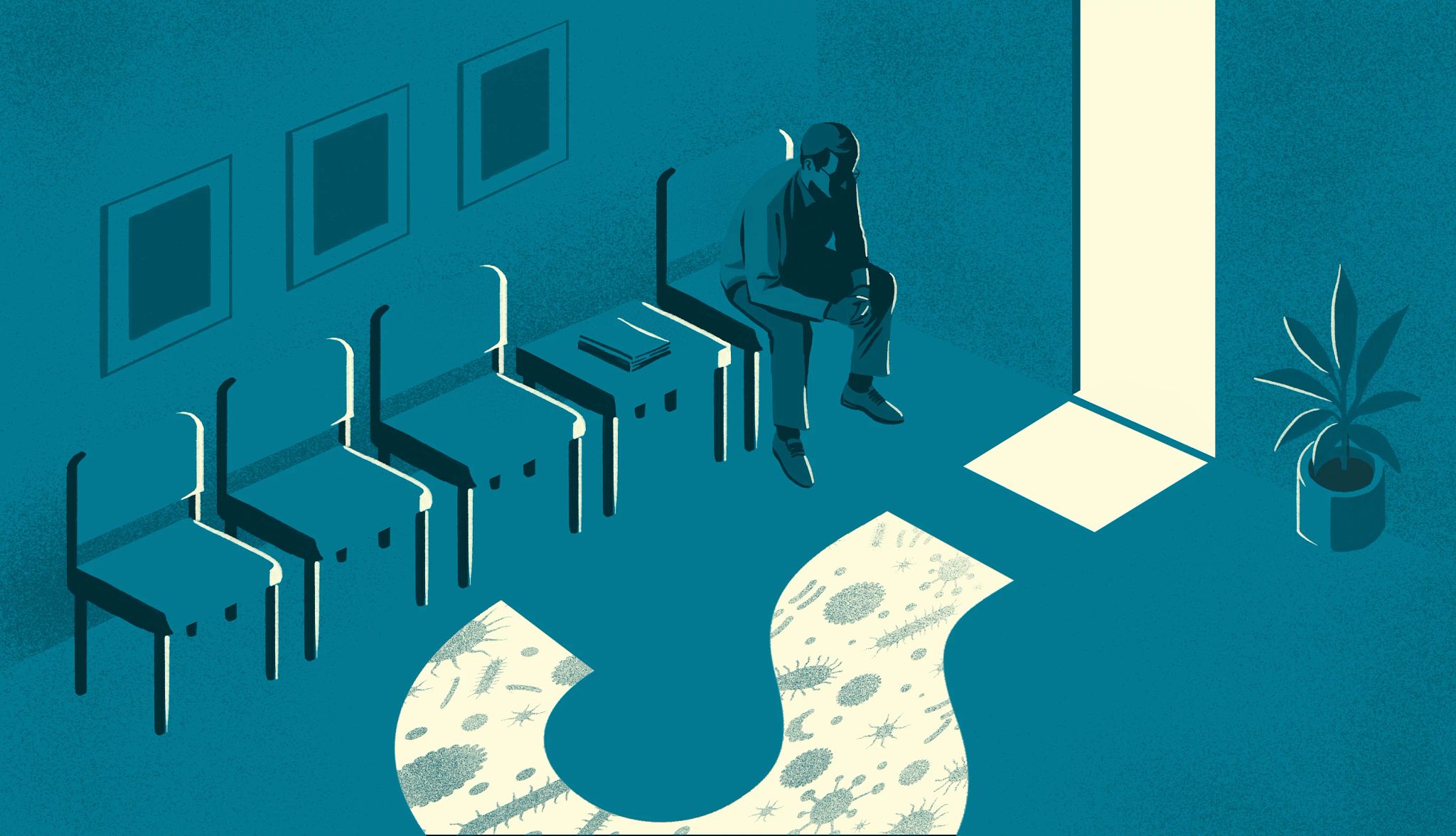AARP Hearing Center


Shannon Dowler, a family physician who specializes in treating people with sexually transmitted infections (STIs), began noticing a change in her practice back in 2017. “The average age of my patients was suddenly very different,” says Dowler, M.D., who is based in North Carolina and is the author of Never Too Late: Your Guide to Safer Sex After 60.
The people seeking treatment for everything from HPV (short for human papillomavirus) to syphilis and gonorrhea weren’t teenagers and twentysomethings — the age group most commonly associated with STIs, also known as sexually transmitted diseases. They were decades older.
For instance, recalls Dowler: There was the 68-year-old woman who thought the painful burn she experienced when urinating was a urinary tract infection (UTI); it was herpes. And the 72-year-old man who returned from a cruise complaining of a rash only to discover that it wasn’t the result of too much time in the ship’s hot tub, as he suspected, but secondary syphilis.
8 Most Common STIs
- Chlamydia
- Gonorrhea
- Hepatitis B virus (HBV)
- Herpes simplex virus type 2 (HSV-2)
- Human immunodeficiency virus (HIV)
- Human papillomavirus (HPV)
- Syphilis
- Trichomoniasis
According to the CDC, chlamydia, trichomoniasis, genital herpes and HPV accounted for 98 percent of all diagnosed STIs and 93 percent of all new STIs in 2018.
Source: U.S. Centers for Disease Control and Prevention (CDC)
“The children of the sexual revolution are retiring at rapid rates, and they continue to teach us about sexual health,” Dowler says. “There is strong and clear evidence of rising rates of STIs in seniors. In fact, the older demographic has the most rapidly rising rates of any age group.”
According to the Centers for Disease Control and Prevention (CDC), cases of syphilis, gonorrhea and chlamydia more than doubled among people 55 and older between 2012 and 2022. During the pandemic alone, STD diagnoses overall rose roughly 5 percent, suggests a recent analysis of health insurance claims. The biggest increase (about 24 percent) was among people 65 and older; the second biggest spike (an estimated 16 percent) was seen in patients 55 to 64.
A more recent CDC report published this month finds that while the number of STI cases remains high in the U.S., the overall epidemic may be slowing. However, cases of both chlamydia and gonorrhea continued to climb among adults 65-plus between 2022 and 2023.
Why the uptick in older adults?
STIs are preventable and treatable, but research suggests many older people are unaware of their risk, and that’s keeping them from getting screened and practicing safer sex.
“Older adults may underestimate their risk for STIs because they have limited knowledge about the transmission of STIs, their signs and symptoms, and how to prevent them,” says Matthew Lee Smith, a professor at the Texas A&M University School of Public Health and a core faculty member of the Center for Community Health and Aging. “This may stem from a lack of formal sex education during primary and secondary school and limited opportunities to learn and talk about sexual health. Underestimating risk, combined with the limited risk for pregnancy, may prevent them from using condoms to prevent STIs.”
































































More From AARP
These Problems Can Mimic Dementia
Medicines and infections can cause confusion
9 Conditions That Seem Like Depression but Aren’t
Symptoms could be due to thyroid problems, anemia, cancer and other health issuesThe Other Ways to Find Sexual Pleasure
Penetration isn't always an option. Here's what else you can try